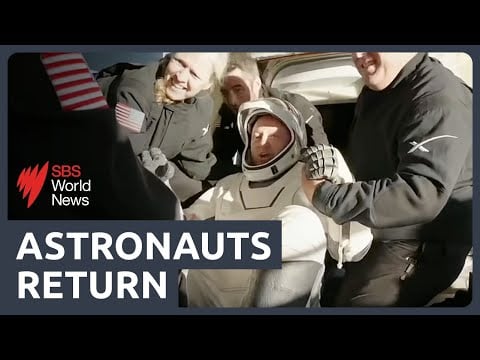Humans see space exploration as an accomplishment while it presents dangerous physical difficulties which remain hidden from everyday observation.
For NASA astronauts Sunita Williams and Barry “Butch” Wilmore, their recent return to Earth after an unplanned nine-month stay aboard the International Space Station (ISS) has sparked global discussions about the toll of extended space travel.
Their mission duration was meant to be shorter but technical problems with their return vehicle kept them on the ISS longer.
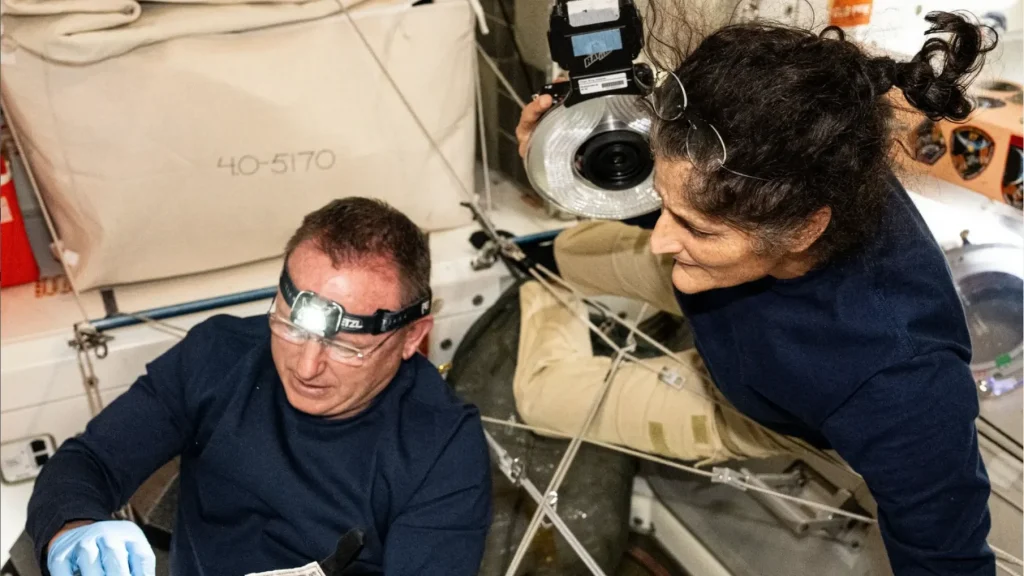
The prolonged space mission resulted in Williams and Wilmore spending 300 days in weightless conditions which very few humans have endured.
No amount of astronaut training can duplicate the complete biological consequences which result from enduring zero gravity conditions for over a prolonged period.
NASA mandates astronauts to follow strict exercise protocols when orbiting space although space generates bodily modifications that become noticeable only at return.
The human body experiences major fluid displacement as one of the primary biological effects of long duration space missions.
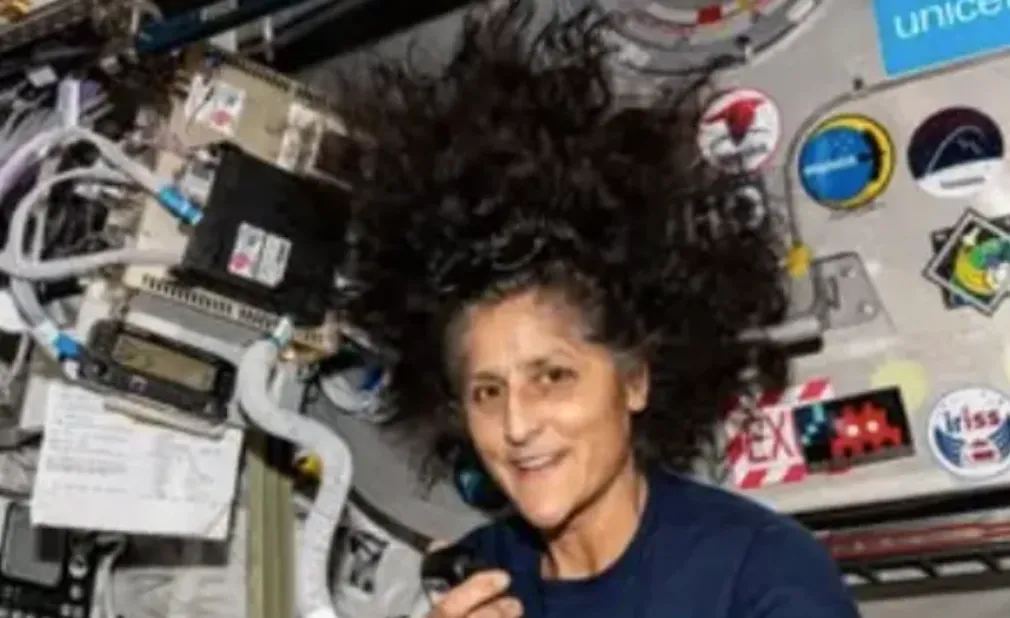
The force of gravity on our planet maintains fluid equilibrium yet space conditions drive fluids to accumulate toward the head which causes both sinus congestion and facial swelling.
Eyes develop vision issues because of the fluid relocation which persists after astronauts come back from space.
The neurological issue Spaceflight-Associated Neuro-Ocular Syndrome (SANS) affects numerous astronauts while astronauts and specialists anticipate that long-duration spaceflight will worsen this problem.
The major challenge entails both bone and muscle deterioration.
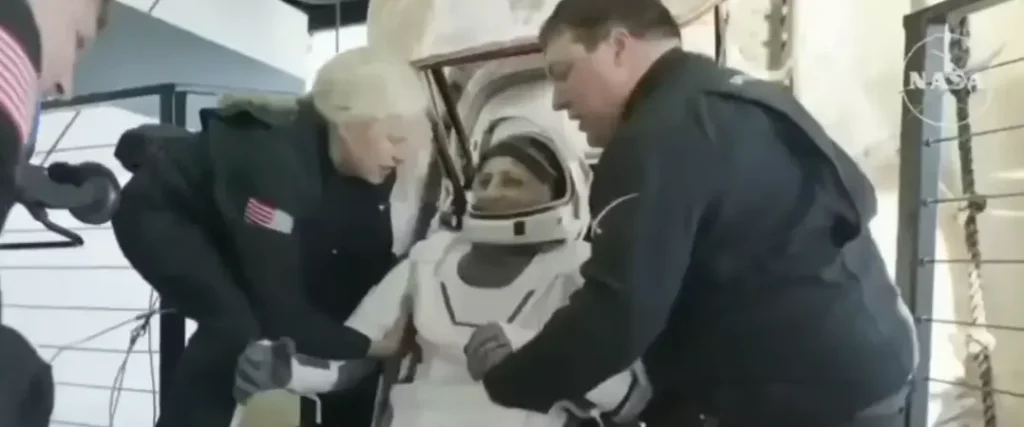
The body becomes weaker even with regular exercise because of the lack of permanent gravitational forces.
The loss of muscle tissue along with decreased bone density progresses by 1-2% every month thus raising the possibility of fractures and extending post-mission rehabilitation.
Space alters all muscles including the heart; it behaves exactly like any other muscular tissue.
Astronauts experience muscle mass reduction in their cardiac areas because the lack of blood pumping effort in space conditions results in post-spaceflight medical risks upon Earth return.
There are also cognitive risks.
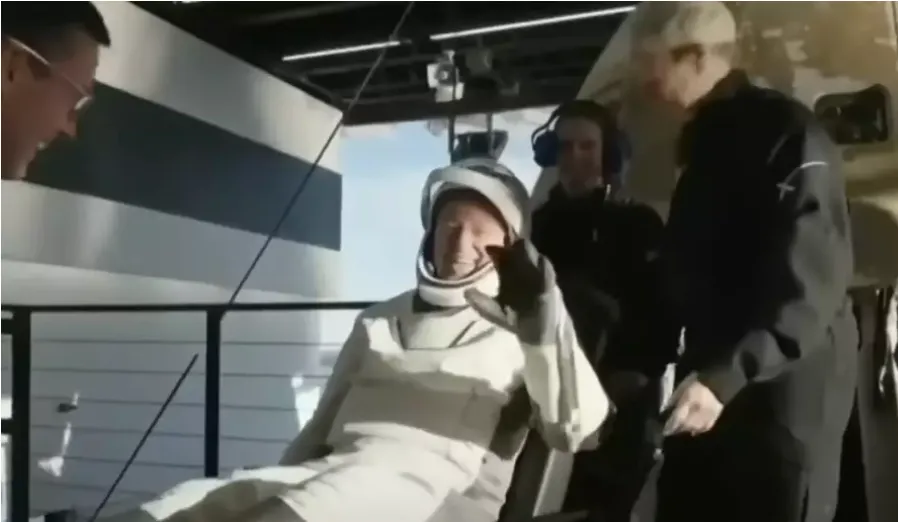
The combination of long-term microgravity exposure together with stress and sleep disturbances creates adverse effects on brain operations.
The National Aeronautics and Space Administration tracks neurological health conditions in astronauts to determine their ability for safe Earth reintegration.
An additional danger emerges from contact with radiation.
Cosmic radiation exposure during space missions produces elevated cancer risks along with various long-term health problems because astronauts receive dramatically higher radiation doses than terrestrial human beings.
Safety measures deployed by NASA do not eliminate the worry about radiation exposure as one of the primary concerns for lengthy space exploration such as Mars missions.
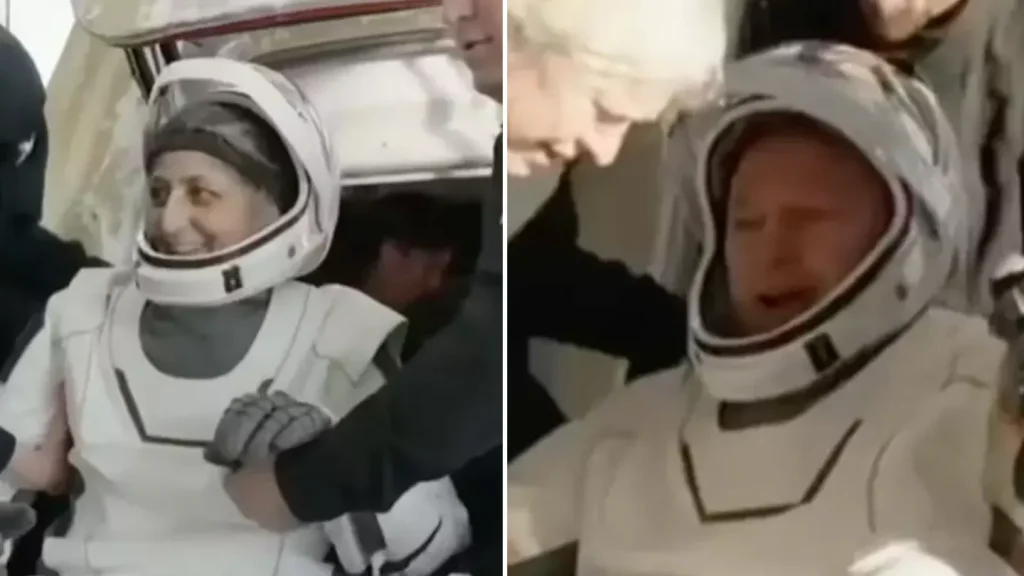
As Williams and Wilmore completed their space flight they required stretcher transportation from their spacecraft upon landing on Earth.
Their physical space exposure became most apparent through comparison photos showing remarkable evidence of body damage.
Mission photographs taken before flight show them as powerful and active yet post-flight pictures document their wasted appearance along with decreased muscle mass together with indications of severe fatigue.
Spaceflight led to physiological damage on their bodies despite regular daily workouts.
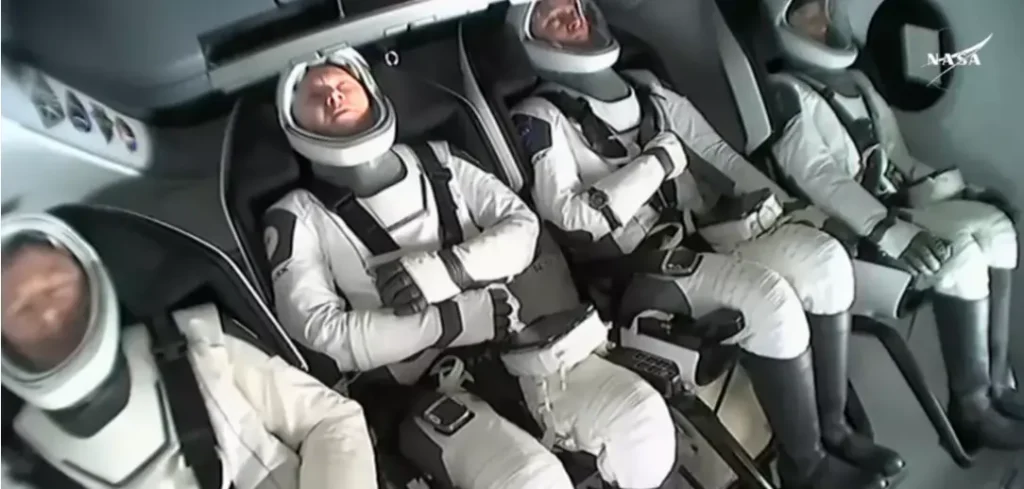
Research indicates that physical space changes are only one aspect of their return to Earth.
The accumulated fluids in their heads could persist as a vision impairment issue which potentially needs six months for full muscle and bone recovery.
NASA calculates astronauts must recuperate their fitness level after missions to the same state as before launch within 45 days while some astronauts need an extended recovery time.
The spaceflight recovery process is typically described by British astronaut Tim Peake as a challenging adaptation for returning astronauts.
The spaceflight experience caused me no difficulties but I suffered from serious symptoms when I returned to Earth during the first two days. The human body is adjusting to the feeling of gravitational force during this period. Your body experiences dizziness alongside a slight feeling of nausea. So, it’ll take them a couple of days to get over that.”*
These fundamental physical changes experienced by Williams and Wilmore demonstrate the dangers present when exploring outer space.

The extraordinary space experience reaches its endpoint but their real medical restoration process starts at this moment.
Future astronauts will study their case to understand better how to prepare for upcoming Mars missions and extended space journeys.
Feature Image Credit: (NASA)


